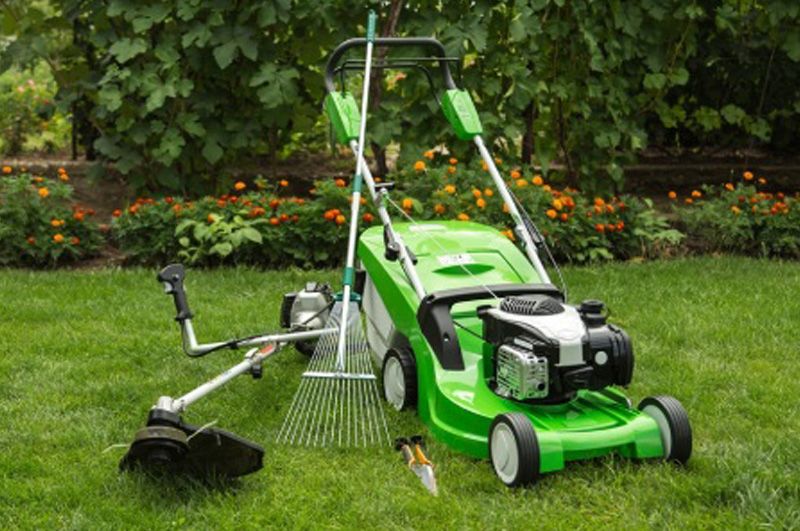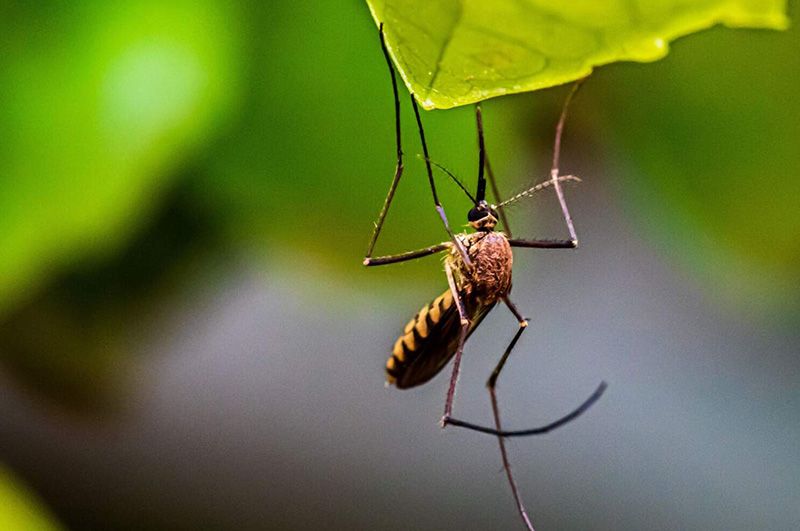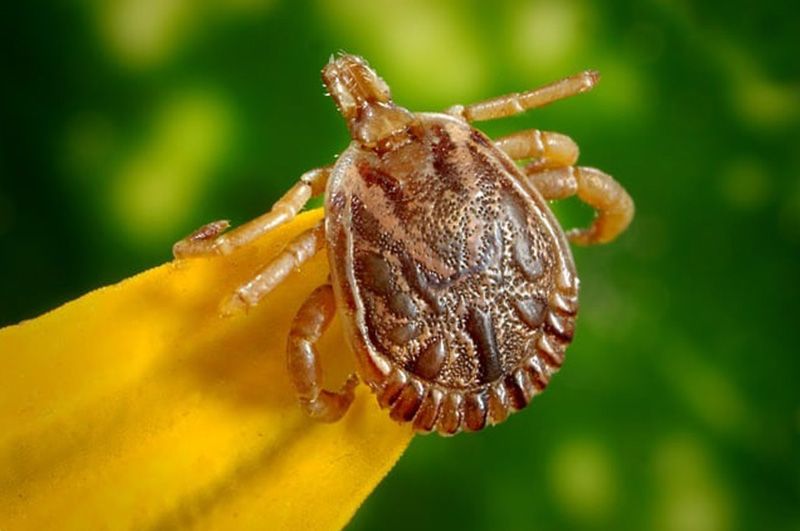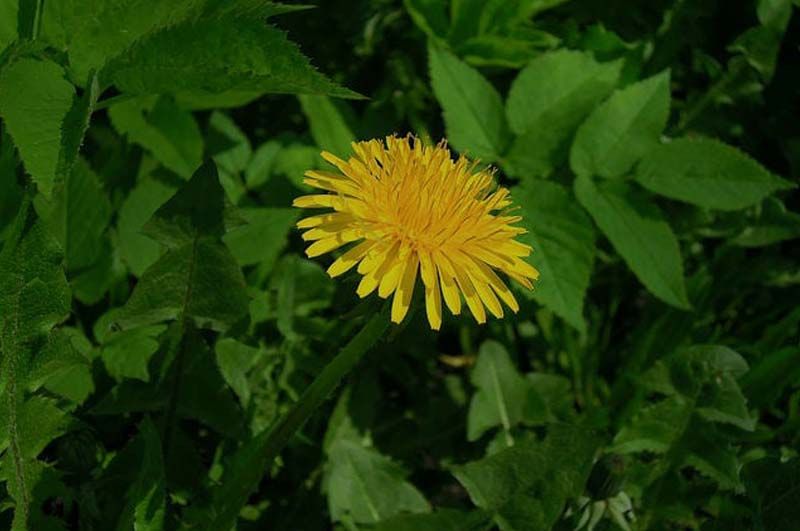How to Not Scalp Grass

Mowing the lawn is essential to keeping your lawn healthy and free of disease and weeds. In addition, you want to have your grass at a reasonable level so it can receive its needed nutrients and sunlight. At some point, however, all of us have scalped our grass (cut it too low). While it might not seem like a big deal at the time, it can cause some major problems for your yard. In fact, it can keep the grass from receiving its vital nutrients, allow weeds a chance to grow, or even kill your grass.
The Problem with Mowing Grass Too Low
Grass requires the sun to make its food with photosynthesis. Whenever you mow your lawn too short, you are reducing the energy storage capabilities of the blades of grass. This keeps it from creating the energy it needs, and chokes it. If you are having trouble determining if you’ve scalped your yard, look at your grass and see if the stem is exposed. If you can see the stem (which will look brown) then you are scalping your lawn. Try keeping at least an inch on your warm-weather grass, and if you need to mow during cooler weather, keep 2.5 inches. Another general rule of thumb is to avoid regularly mowing on the lowest setting.
What Makes Scalping Grass Worse?
Dull mower blades only make scalping worse, but how can you tell if your blades are dull? After you finish mowing, examine your grass and see how it was cut. Frayed grass is a sign your lawn mower blade is dull. Use a blade sharpener to give the blade back its proper edge. If you can, don’t cut too short during summer, since the summer heat makes recovery difficult for the grass.
How to Mow Lawns Better
Remember, it’s better to have grass that’s slightly too tall than for it to be too short and dying. In addition, don’t bag your grass clippings, because leaving them on the ground allows them to add nutrients back into your lawn’s soil. This is known as grass-cycling. If you use this technique, however, try to mow when the grass is dry, since wet clippings will bunch together and keep your grass from getting any sunlight. Also, try overlapping your mowing path. Two inches should do the trick, and it keeps your lawn evenly and consistently cut.
How to Restore a Scalped Lawn
If you scalp your lawn, don’t worry. Just allow the grass to return to the height it was before, and always take off less than 1/3 of an inch each time you cut it. Be sure to deeply water the patch once per week. Maybe large swaths of your lawn are scalped and dead. If it is, then contact a lawn company to restore it. We can fertilize your grass to return it to its proper condition.
Additionally, if you’re having trouble with your mower, don’t own one, or are unable to mow, contact a Pro lawn service near you.






